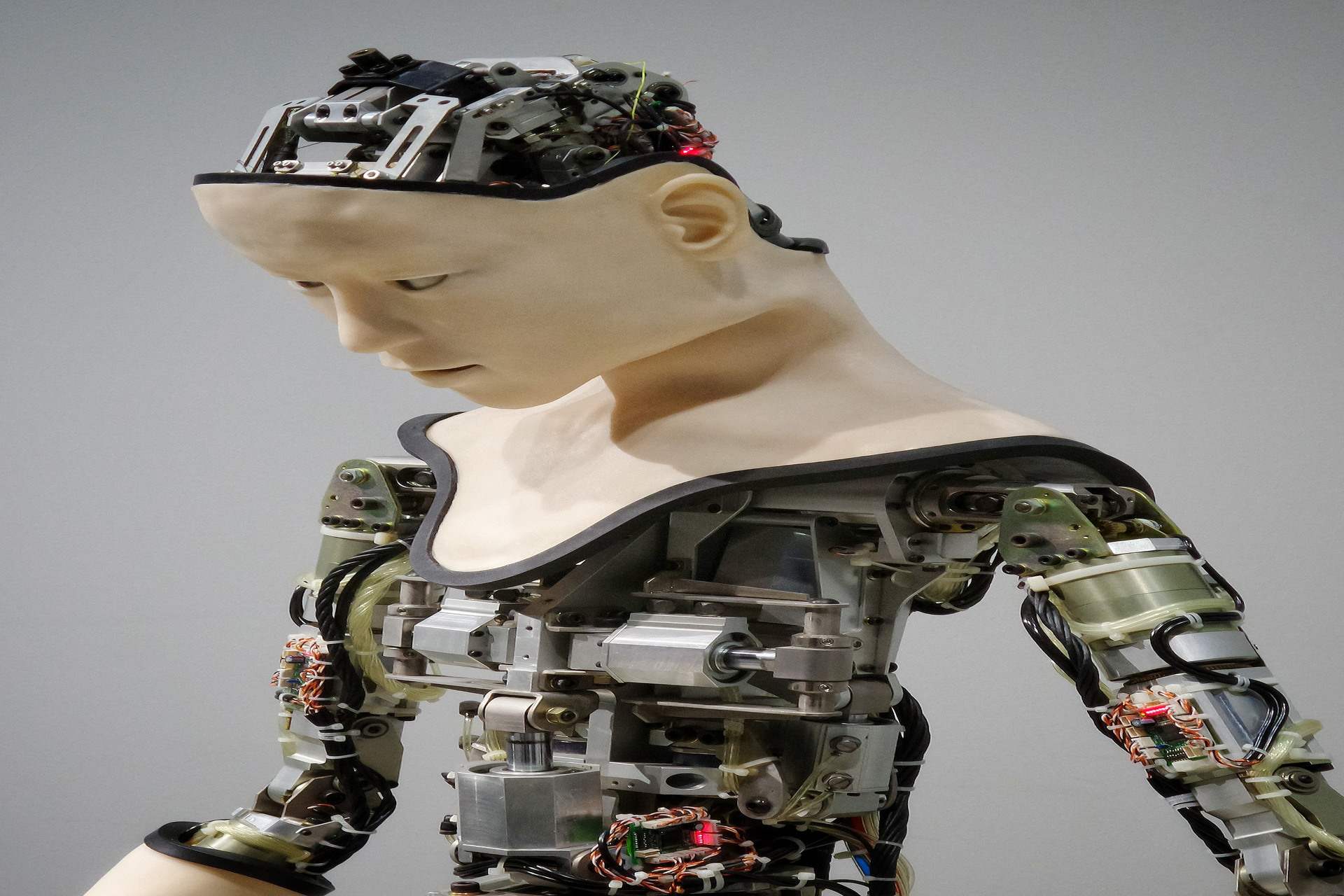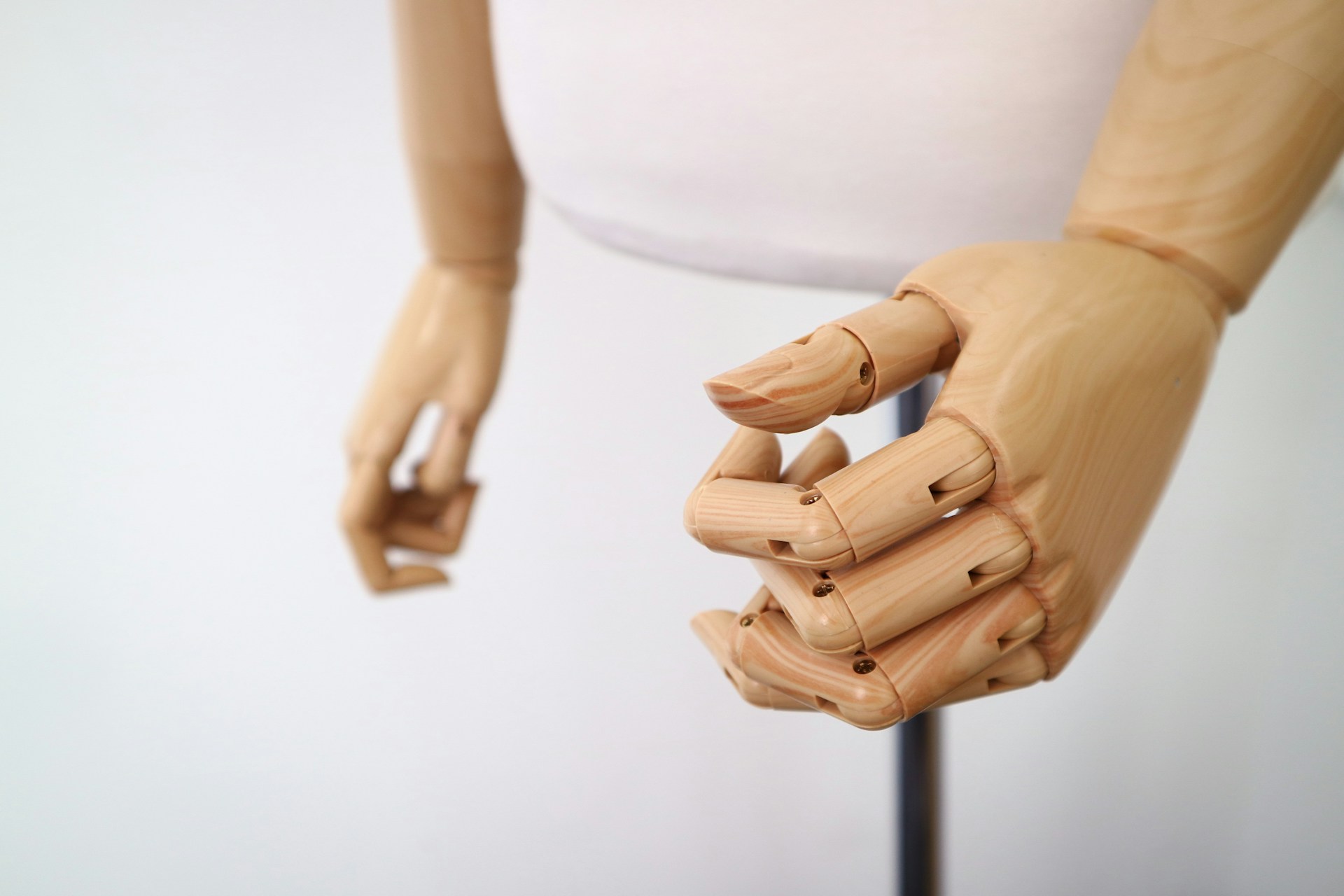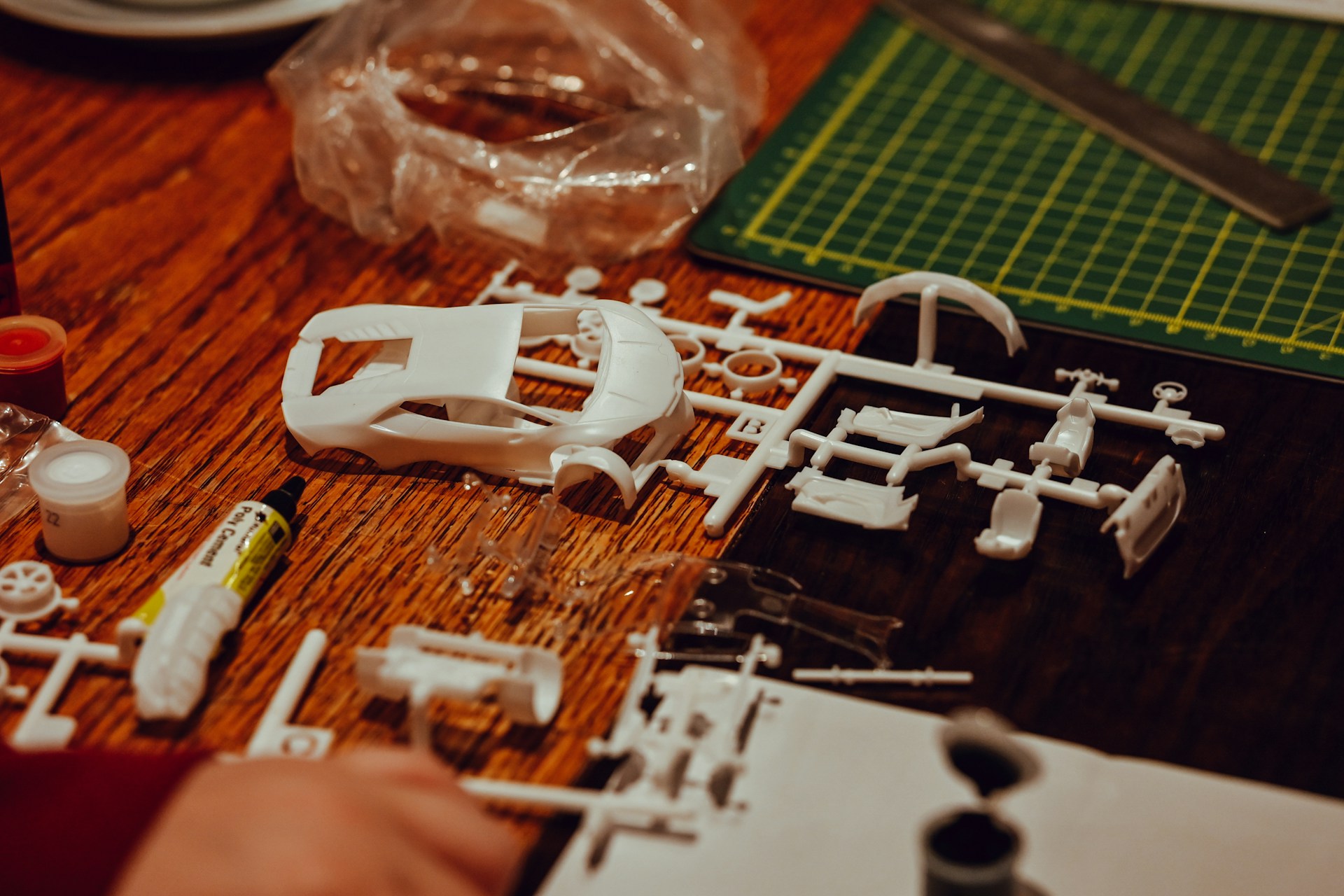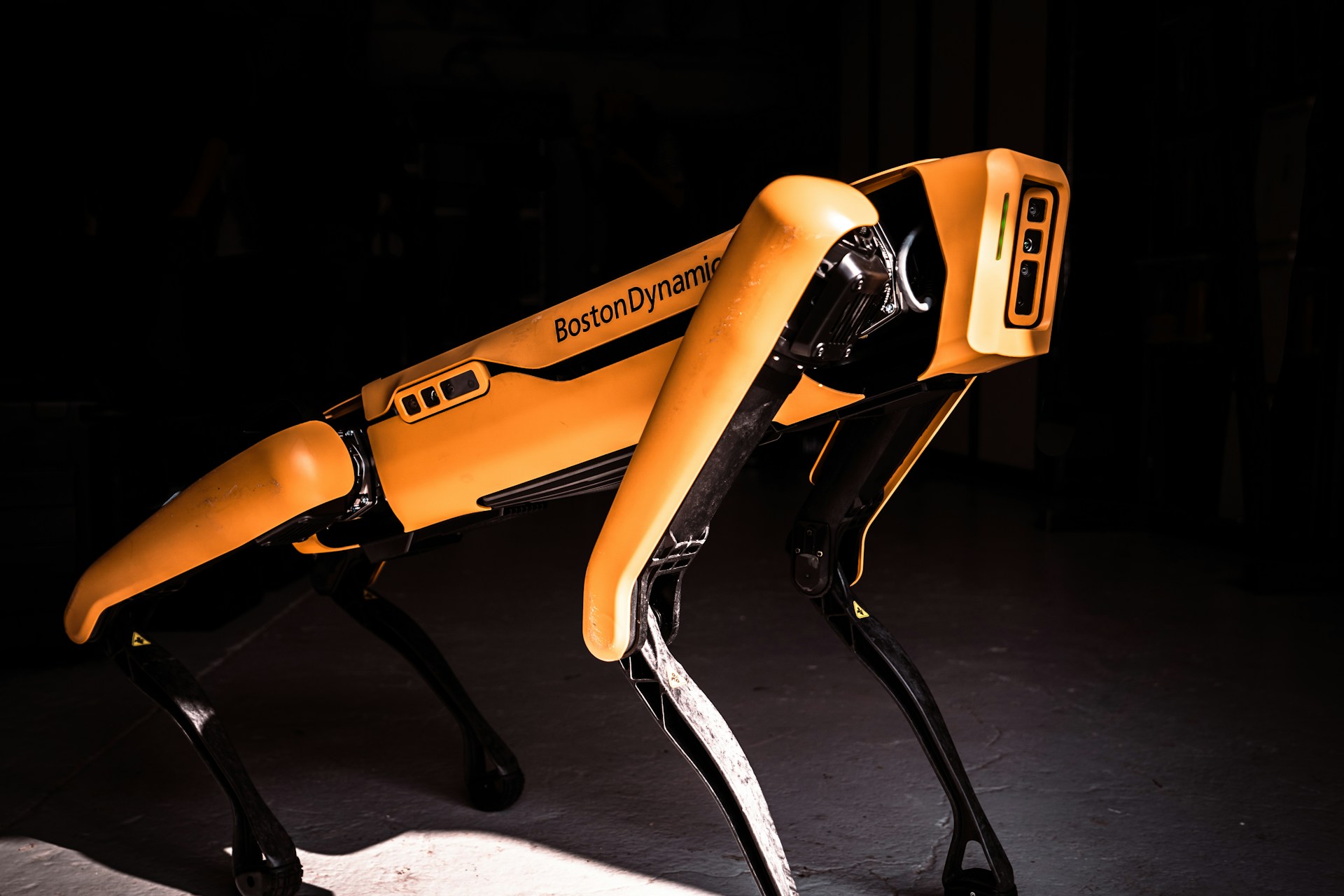
Thinking About Using Robotics in Manufacturing? Do These Things First
November 22, 2022 - Ellie Gabel
Revolutionized is reader-supported. When you buy through links on our site, we may earn an affiliate commission. Learn more here.
It’s increasingly common to see robotics in manufacturing. Many leaders in the sector realize that these advanced machines can help them cope with labor shortages, raise overall factory output levels and make their facilities more equipped for the future.
However, when people are thinking about bringing robots into the manufacturing plant, they must consider several things first. That way, they’ll have a better grasp of the overall factors combining to make the deployment more or less successful.
Consider the Desired Application
One of the main things to determine is the desired function of the robots. A good starting point is for decision-makers to think about what obstacles they currently face in their facility or which factors prevent ongoing growth. Pinpointing those things can make it easier to see where robotics in manufacturing would collectively have the biggest impacts in the near and long term.
Plus, once manufacturing leaders have a clearer idea of how they intend to use robots, it’ll be easier to match those use cases to commercially available solutions. Alternatively, if the company’s budget allows, they might have a custom application built.
While people think about possible applications, they should also consider any associated effects. For example, would a factory need a changed layout before introducing robots? Does the company need to hire a robotics expert to assist with the deployment and what happens after the fact?
Sometimes, people get overeager about using robots in their manufacturing facilities. In such cases, they might experience unintended consequences. However, taking the time to think things through and get external advice when needed can reduce such instances.
Choose a Budget for Robotics in Manufacturing
If someone wants to know how much it will cost to bring robots into a manufacturing plant, it’s typically difficult to provide a definitive answer. That’s because the overall price depends on how many robots the facility has, what kind of technology the machines feature and how easy the equipment is to source.
People should also realize that investing in robotics in manufacturing doesn’t necessarily require high upfront costs. That’s due to a newer option called robotics-as-a-service (RaaS). The specifics vary by provider. However, clients using this option usually pay flat fees covering the usage and maintenance of the machines. It’s then much easier for company decision-makers to confirm whether their budgets allow for using robots now.
In one real-world case, Polar Manufacturing utilized RaaS to remain competitive in an ever-challenging industry. The company has more than a century of experience making truck body hardware for industrial use. However, it had trouble meeting demand. Company leaders realized RaaS would let them venture into using robots without the traditional high costs and complex setup. The company only began paying for the technology once the robots were on the factory floor and performing as expected.
The Polar Manufacturing team chose a machine-tending robot that can produce 750 components every 10 hours. The RaaS provider also activated a remote monitoring system to promote consistent uptime. Remote monitoring platforms let people keep track of vital machine statistics without being on site. Then, they can intervene faster and prevent failures or other unexpected outcomes.
Stay Abreast of Emerging Technologies
Opportunities for robotics in manufacturing are quickly gaining momentum. That’s partially due to researchers who spend significant amounts of time pushing the boundaries of what’s possible. When manufacturing leaders take it upon themselves to stay current with the research, they’ll be more able to think of realistic ways to use robots now or later.
One area of particular interest concerns helping robots and humans collaborate safely and productively. Engineering experts at Northwestern University recently highlighted progress by creating so-called “mocobots” or mobile collaborative robots. One of the main selling points of collaborative robots is that they can work directly with humans without the need for safety cages or other barriers.
These machines created by the Northwestern engineers take things to the next level by working collaboratively to aid human operators. More specifically, these smaller robots work together to achieve a single goal. The alternative is to have one larger robot do the tasks humans require. However, that’s not always feasible, especially in facilities that do not have a lot of extra space available.
These mocobots also offer built-in passive elasticity, courtesy of spring-loaded actuators. Then, the machines can respond differently to forces such as an object’s weight or interactions with a human. People involved in the project clarified that the passive elasticity prevents humans from getting hurt. It also stops robots from breaking an object or becoming damaged during use.
Help Employees Feel Open to the Robots
One of the themes surrounding robotics in manufacturing relates to how the machines will affect the labor force. Many companies invest in robots after experiencing difficulties hiring enough workers.
Such was the case at Cheer Pack, a spouted pouches manufacturer. Leaders there indicated that labor pool constraints prevented the company from adequately expanding its workforce. The company now uses robots to transport goods from warehouse storage to production line areas.
Research conducted at MIT found that companies tend to add people to their workforces when they act quickly to utilize robotics. More specifically, the people who investigated this issue confirmed a 20-point increase in robot utilization between 2010 and 2015. That adoption led to a 3.2% drop in employment. However, this study, published in 2020, showed another side to the story.
The companies that adopted robots during that span had a 10.9% in hours worked by people. Wages went up, too. This example shows why individuals should not be so quick to categorize robots as machines that will take their jobs.
Relatedly, decision-makers should remain sensitive to employees’ fears and show they’re ready to listen to concerns. Morale will likely go down if workers feel they can’t give input about upcoming or recently implemented changes.
Employees’ feedback will undoubtedly prove useful after companies implement robotics in manufacturing, too. That’s because it often takes time to figure out the best ways to fit the machines into existing processes. Sometimes, companies must start from scratch, creating entirely new approaches with the robots in mind. Workers will be among the best people to say what’s working and what isn’t. They’re interacting with the robots every day during their duties.
How Will You Use Robotics in Manufacturing?
These key considerations and actions will help people make well-informed decisions about how, when and why to apply robots to manufacturing processes. Robots are not right for every factory setting, but they can bring big advantages to the facilities that are well-suited for them.
Revolutionized is reader-supported. When you buy through links on our site, we may earn an affiliate commission. Learn more here.
Author
Ellie Gabel
Ellie Gabel is a science writer specializing in astronomy and environmental science and is the Associate Editor of Revolutionized. Ellie's love of science stems from reading Richard Dawkins books and her favorite science magazines as a child, where she fell in love with the experiments included in each edition.






